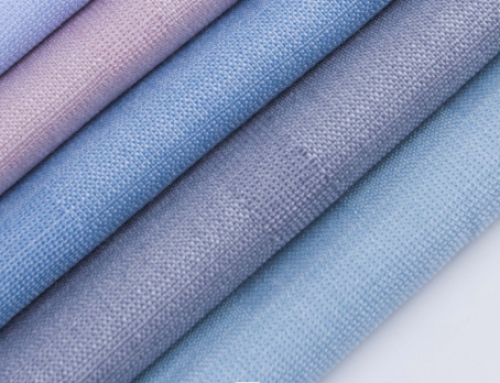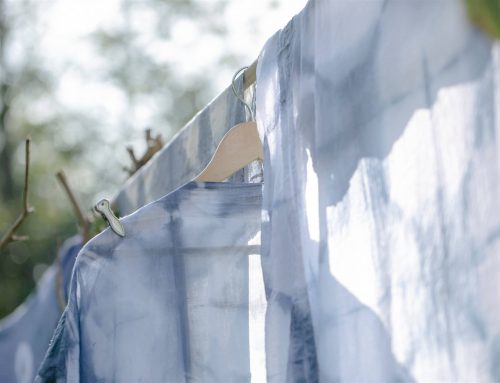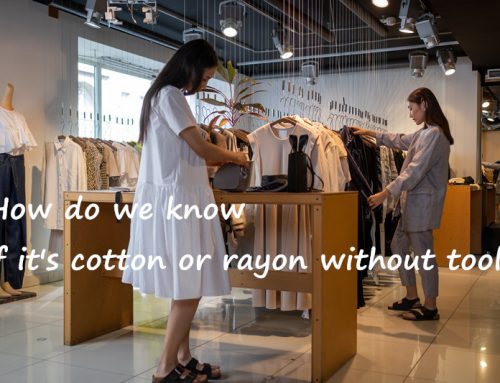Sustainable fabrics are textiles made from eco-friendly materials and manufactured using sustainable methods. These textiles are specifically crafted to minimize their ecological footprint from their inception to their disposal. The fashion industry is a major contributor to environmental degradation, but the use of sustainable fabrics presents an opportunity to mitigate this impact. Unsustainable materials are a key driver of the fashion industry’s status as one of the most polluting industries worldwide. In recent years, consumers have become increasingly aware of the environmental implications of their purchasing habits, leading to a rising demand for eco-friendly products, including clothing. By incorporating sustainable fabrics into shirt manufacturing, the industry can reduce its environmental impact and meet consumer demand for more eco-friendly products.
The purpose of this article is to explore the various types of sustainable fabrics available for shirt manufacturing. It will provide information on the most sustainable fabric options, the best materials for the environment, sustainable alternatives to cotton and polyester, and how to ensure a shirt is sustainable.
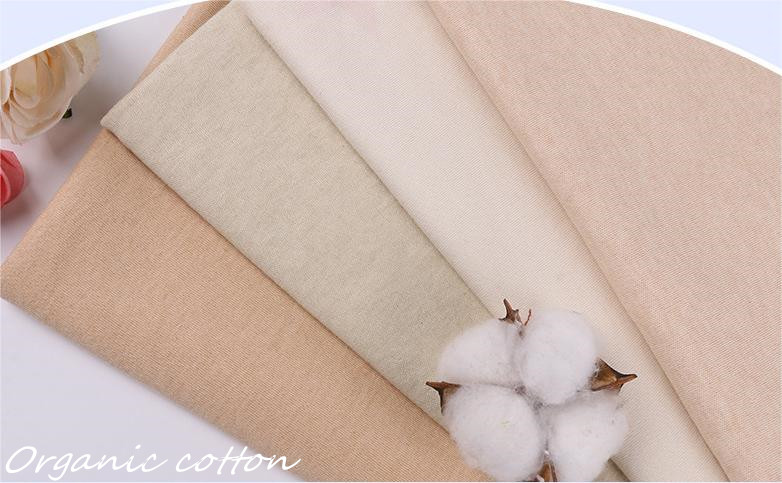
A. Organic Cotton
Organic cotton is grown without the use of harmful chemicals, pesticides, or synthetic fertilizers. It is a natural and biodegradable fiber that is hypoallergenic and breathable. Organic cotton is also durable and long-lasting, making it an ideal fabric for shirt manufacturing.
Organic cotton is grown using sustainable farming practices that prioritize soil health and biodiversity. Farmers utilize natural fertilizers, crop rotation, and other organic methods to maintain soil health and reduce the use of harmful chemicals. Organic cotton also requires less water than conventionally grown cotton, making it a more sustainable choice.
However, the production of organic cotton can be more expensive than conventional cotton, which increases the cost of garments made from this material. Additionally, the availability of organic cotton is limited, making it challenging for some manufacturers to source.
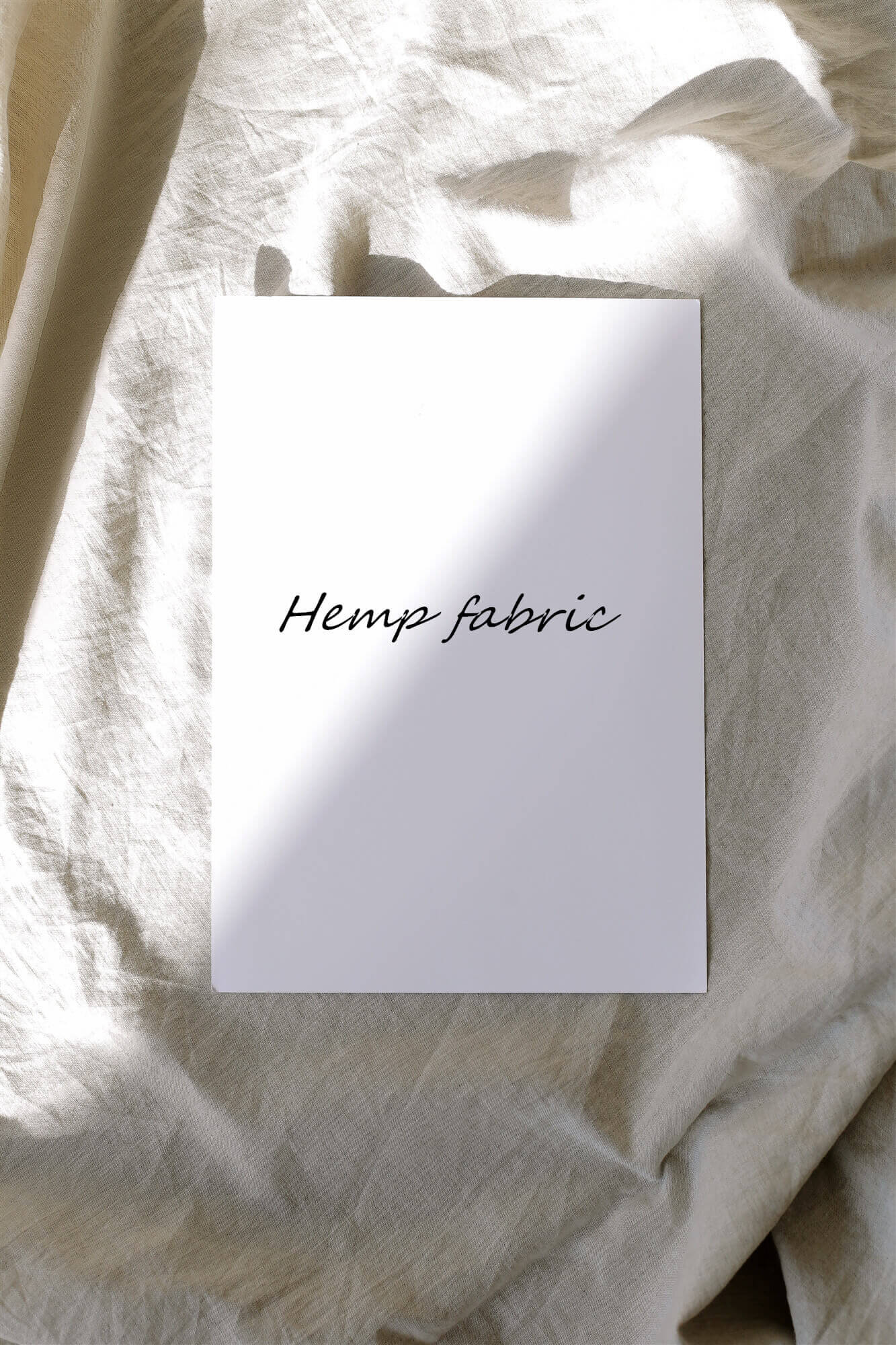
B. Hemp
Hemp is a versatile and sustainable fiber that has been used for thousands of years. It is a natural and biodegradable fiber that is hypoallergenic and breathable. Hemp is also highly durable and can be blended with other fibers to create a range of textures and finishes.
Hemp is grown using sustainable farming practices that require minimal water and no pesticides or synthetic fertilizers. Hemp also has a deep root system that helps prevent soil erosion and promotes soil health.
However, hemp can be more challenging to process than other fibers, which can increase the production cost. Additionally, hemp fibers can be coarse, which may be less comfortable for some consumers.
C. Tencel (Lyocell)
Tencel (Lyocell) is a sustainable fiber made from the pulp of eucalyptus trees. It is a natural and biodegradable fiber that is highly breathable and moisture-wicking. Tencel is also incredibly soft and has a smooth texture.
Tencel production uses a closed-loop system, which means that the solvents used to break down the eucalyptus pulp are recycled and reused. This makes Tencel production highly efficient and minimizes waste. Tencel also requires significantly less water than cotton production.
However, Tencel production can be more expensive than other fibers, which can increase the cost of garments made from this material. Additionally, Tencel is a relatively new fiber and may not be as readily available as other materials.
When selecting the most sustainable fabric for shirt manufacturing, several factors must be considered such as the fabric’s production process, resource use, and impact on the environment. Organic cotton, hemp, and Tencel (Lyocell) are the most sustainable fabric options for shirt manufacturing as they require less water, pesticides, and energy to produce.
Several factors contribute to a fabric’s sustainability, including the raw materials used, production process, and end-of-life disposal. Choosing sustainably sourced materials, using eco-friendly production processes, and ensuring proper disposal and recycling of the fabric at the end of its lifecycle are all important factors in a fabric’s sustainability.
Organic cotton is grown without harmful pesticides and chemicals, making it safer for the environment and workers. Hemp requires fewer pesticides and water to grow and is a durable and fast-growing crop. Tencel (Lyocell) is a regenerated fabric made from wood pulp that has a closed-loop production process, meaning that the solvents used in production are recycled, making it a more sustainable option. In terms of sustainability, all three fabrics have advantages over conventional cotton, which requires a significant amount of water, pesticides, and energy to produce.
Selecting the best shirt material for the environment requires considering several factors such as sustainability, durability, and comfort. Sustainable fabrics offer numerous environmental benefits such as reduced water usage, decreased carbon footprint, and fewer chemicals used in production. Organic cotton, hemp, and Tencel are the most sustainable fabric options for shirt manufacturing as they are eco-friendly, have a lower environmental impact, and offer similar qualities and benefits as traditional materials.
Compared to traditional materials such as polyester and conventional cotton, sustainable fabrics have a lower environmental impact due to their eco-friendly production processes, reduced water usage, and fewer chemicals used in production. Polyester, for example, is a petroleum-based fabric that requires a significant amount of energy to produce, while conventional cotton farming involves the use of harmful pesticides and insecticides, leading to soil degradation and water pollution.
Incorporating sustainable fabrics into shirt manufacturing has several environmental benefits. It reduces carbon emissions, conserves natural resources such as water and energy, and decreases the number of harmful chemicals in the environment. Additionally, sustainable fabrics promote ethical and responsible practices in the fashion industry, leading to a more sustainable future.
While cotton is one of the most commonly used fabrics in the fashion industry, its environmental impact is significant. It requires a large amount of water, chemicals, and energy to produce, leading to soil degradation, water pollution, and greenhouse gas emissions.
Organic cotton, hemp, and Tencel (Lyocell) provide sustainable alternatives to cotton fabric, offering similar qualities and benefits such as softness, breathability, and durability. Organic cotton is grown without harmful pesticides and chemicals, making it safer for the environment and workers. Hemp requires fewer pesticides and water to grow and is a durable and fast-growing crop. Tencel (Lyocell) has a closed-loop production process, meaning that the solvents used in production are recycled, making it a more sustainable option.
By adopting sustainable fabrics in clothing production, the fashion industry can help mitigate its environmental impact and promote a more sustainable future.

